Roller Coaster Fun Facts
One of the fun roller coaster facts that only a few people know is that the first coaster in America carried coal before it carried passengers. The mountain coaster in Branson is powered by gravity, just like the first invented roller coaster. Today's roller coasters are power-driven and are interconnected with multi-cars. Listed below are some of the roller coaster fun facts you might not know.
The American roller coaster was made to save America from Satan
The roller coasters named Dare Devil Dive, Steel Vengeance, and the best are all unbelievable, but these coasters were initially developed to distract the temptation of Satan. LaMarcus Adna Thompson made the Switchback Gravity Railway, a patented coaster that visitors to Brooklyn's Coney Island could ride for just five cents.
It was invented in 1884 after Thompson was disgusted with the uprise of hedonistic amusements like saloons and brothels. With its location at Coney Island, Thompson became known as the "Father of the American Rollercoaster" for connecting it to amusement parks. That invention, however, is not the same as the thrill-inducers that are enjoyed today in many parks.
Just like the mountain coaster in Branson, that roller coaster was powered by gravity, slow-moving cars that faced outward, rather than forward, so riders could enjoy a constructed scene as the car coasted at just less than six miles per hour.
One of America's earliest coasters carried coal before it carried thrill-seekers.
The Mauch Chuck Switchback Railway was the first gravity railway built-in 1827 to haul coal between coal mines. The cars used gravity to carry one-and-a-half tons of coal downhill, later brought back by mules when emptied. With the heavy load, the coaster could reach 50 miles per hour through the Lehigh Valley. At its peak in 1873, Mauch Chunk carried 30,478 thrill-seeker passengers – each for just 75 cents.
"Russian mountains" foredated roller coasters—and Catherine the Great improved them.
"Russian mountains" had inspired early roller coasters of Europe, like the Promenades Aeriennes that opened in Paris in 1817. Catherine II of Russia had one on her property—and it was not limited only to winter enjoyment. The coaster had wheels that fit into grooved wooden rails, putting the "roller" in the roller coaster, allowing the thrill to continue into the summer months. Some say her influence gave roller coasters the credibility to spread into Europe by the late 18th and early 19th centuries.
Roller coaster loops are never circular
Some roller coasters can loop the loop, but it's not circular. The loop itself is no circle at all. It's approximately the part where two circles hypothetically overlap. In Physics, the centripetal force keeps you from falling out of a roller coaster while it's upside down. This means that when you're traveling on a curved path and velocity is pushing you forward. You'll be pulled toward the curve's central point.
Big Thunder Mountain Railroad ride at Disney World could aid in dislodging kidney stones.
If you have kidney stones, try the Big Thunder Mountain Railroad at Disney World. The ride is prescribed to patients as preventative care, which sounds like a pretty wild-world idea, but it's wild enough that it works.
According to a 2016 study in the Journal of the American Osteopathic Association, this coaster ride can dislodge kidney stones. They had about 20 minutes to study how the stone would move with all those ups and downs. The work won them a beloved Ig Nobel Prize. About two-thirds of the time, the kidney stone passed. It can become possible so long as the rider is seated at the back of the coaster.
Riders used to climb a steep hill
Until the invention of a powered chain lift, roller coaster riders had to climb anymore up a steep hill or stairs to board coasters. Phillip Hinkle invented in 1884 a patented powered chain lift to pull the cars up that first incline before letting gravity do the rest of the work. Because of this, roller coasters could be built on elliptical paths rather than from point A to point B.
The tallest roller coaster in the world is in Jackson, New Jersey
For the first time, riders have reached the summit of the "Kingda Ka" roller coaster on 19 May 2005, at Six Flags amusement park in Jackson, New Jersey. If you find it exciting to ride 465 feet straight toward the sky and then descend fast? Then Kingda Ka Roller Coaster at Six Flags Great Adventure in Jackson, New Jersey, is for you.
Like the first roller coaster in the 1800s, the mountain coaster in Branson is powered by gravity. It only ascends with the help of the pulley or utilizing mules, as was done during the first invention of the coaster.
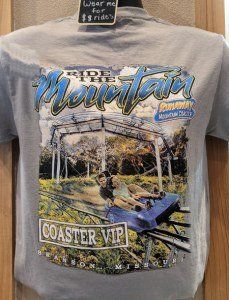
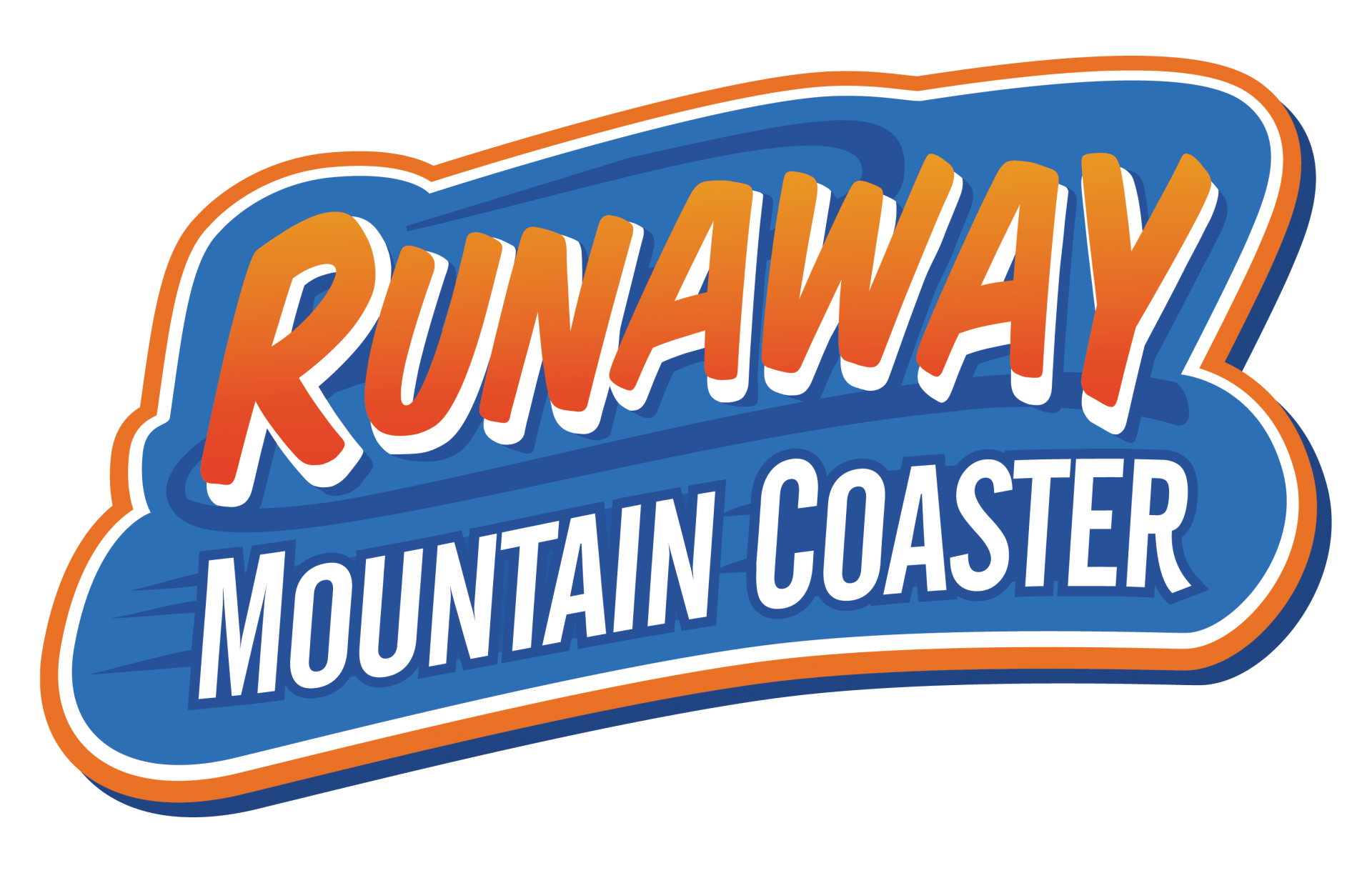
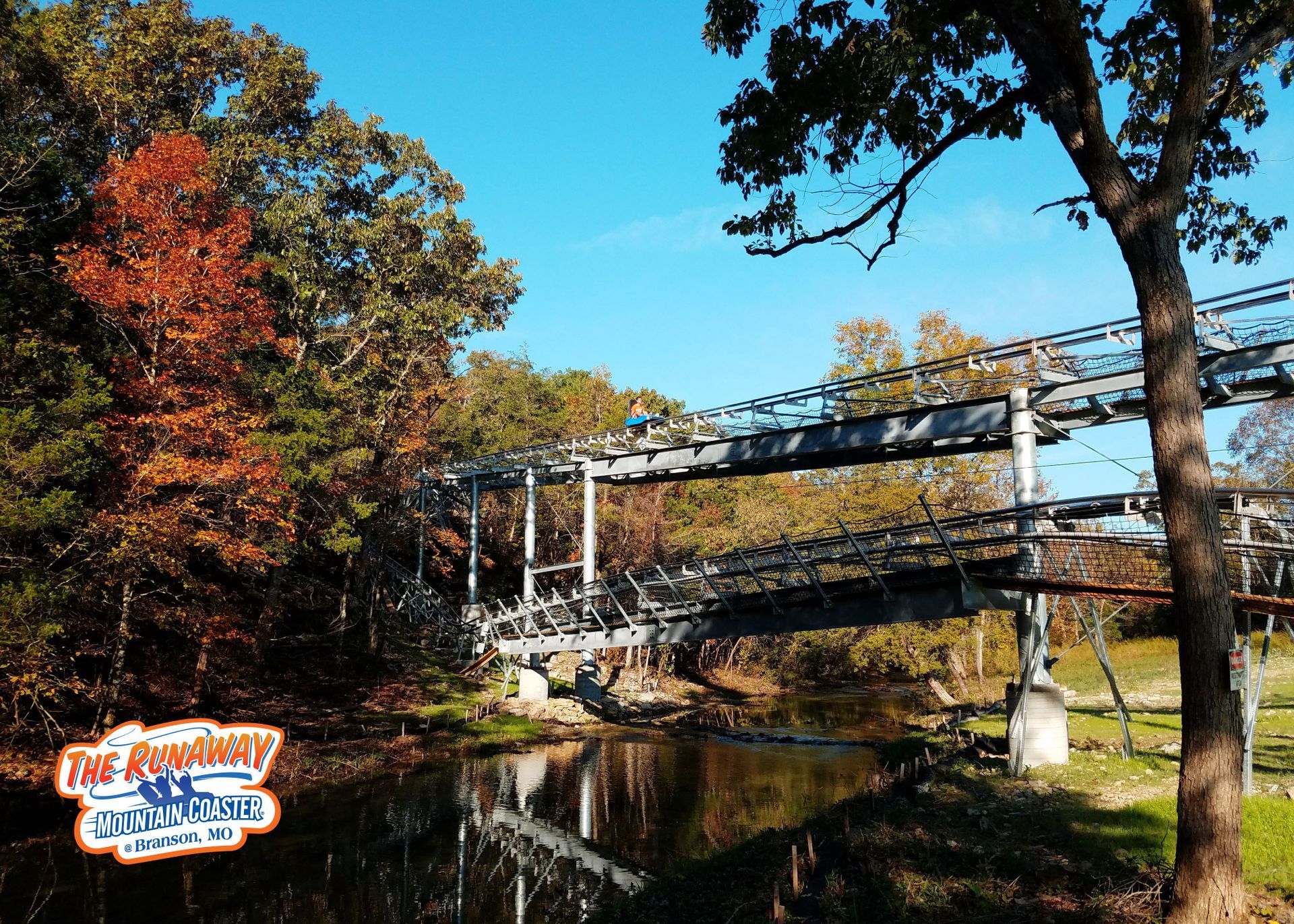
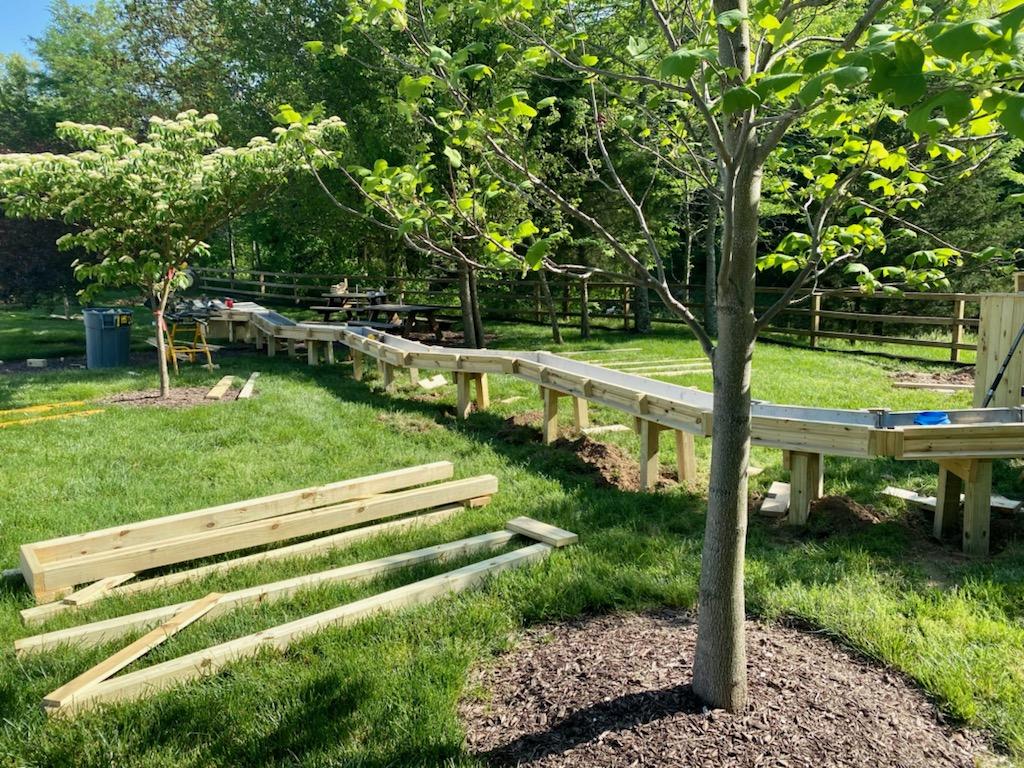
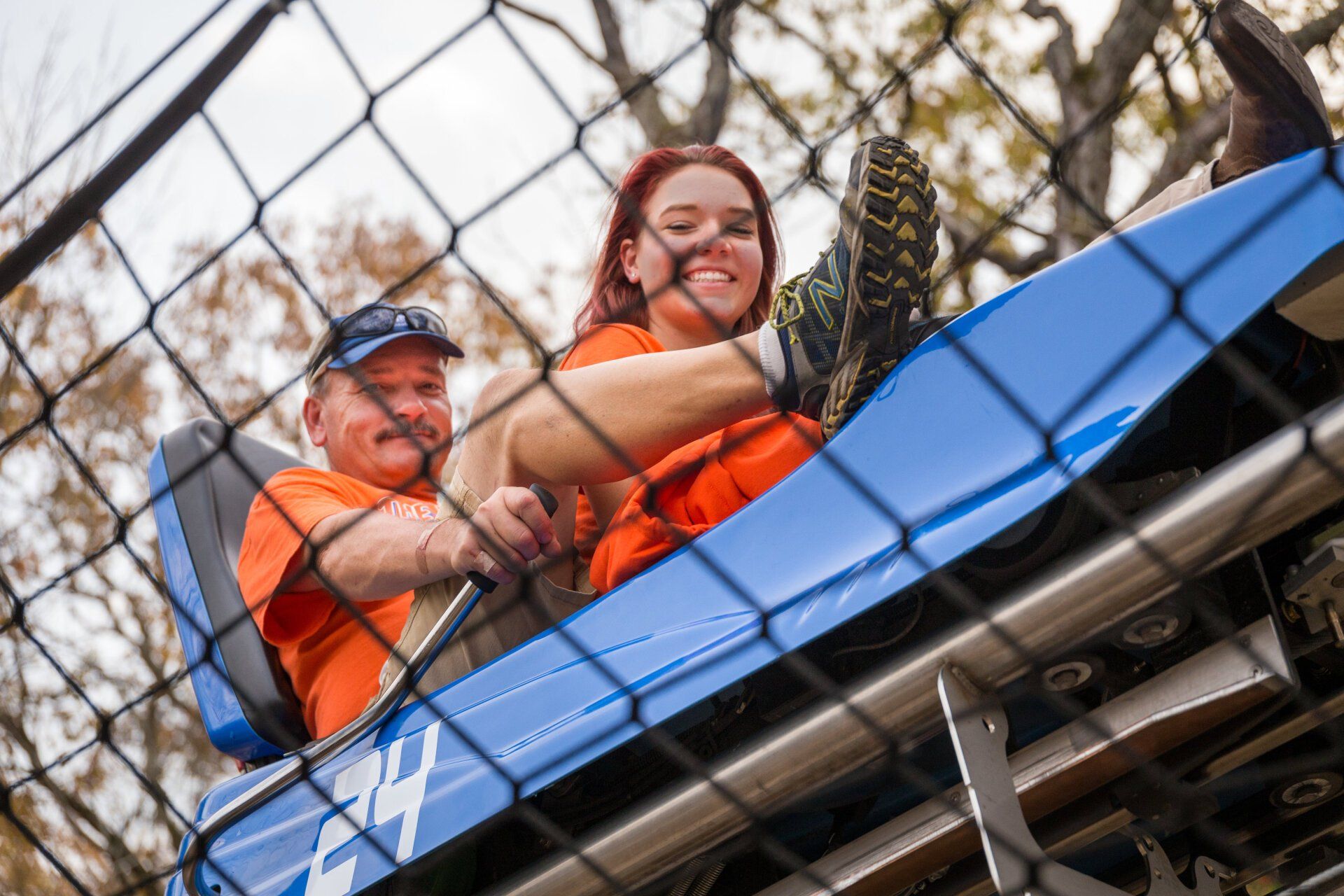
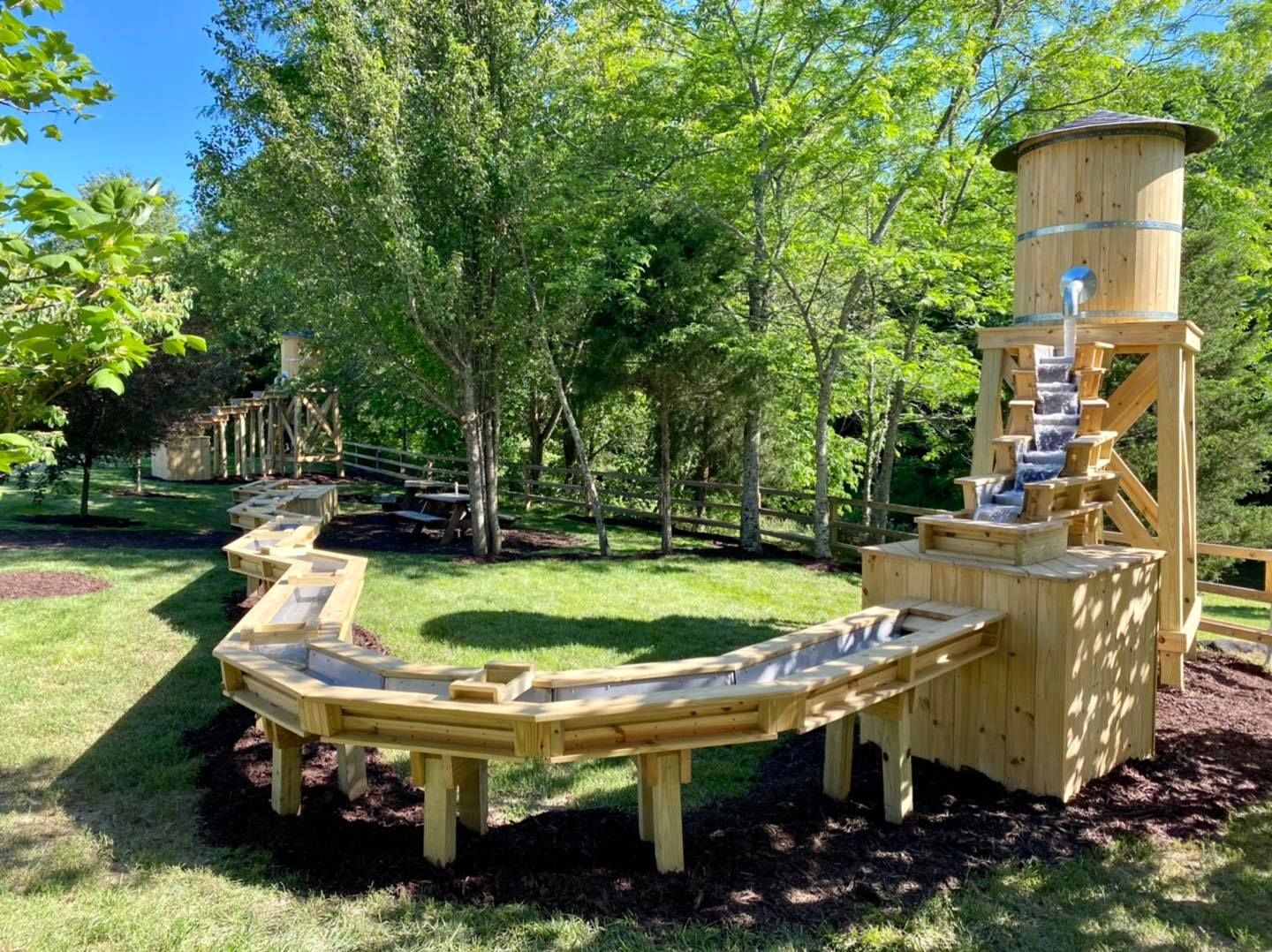
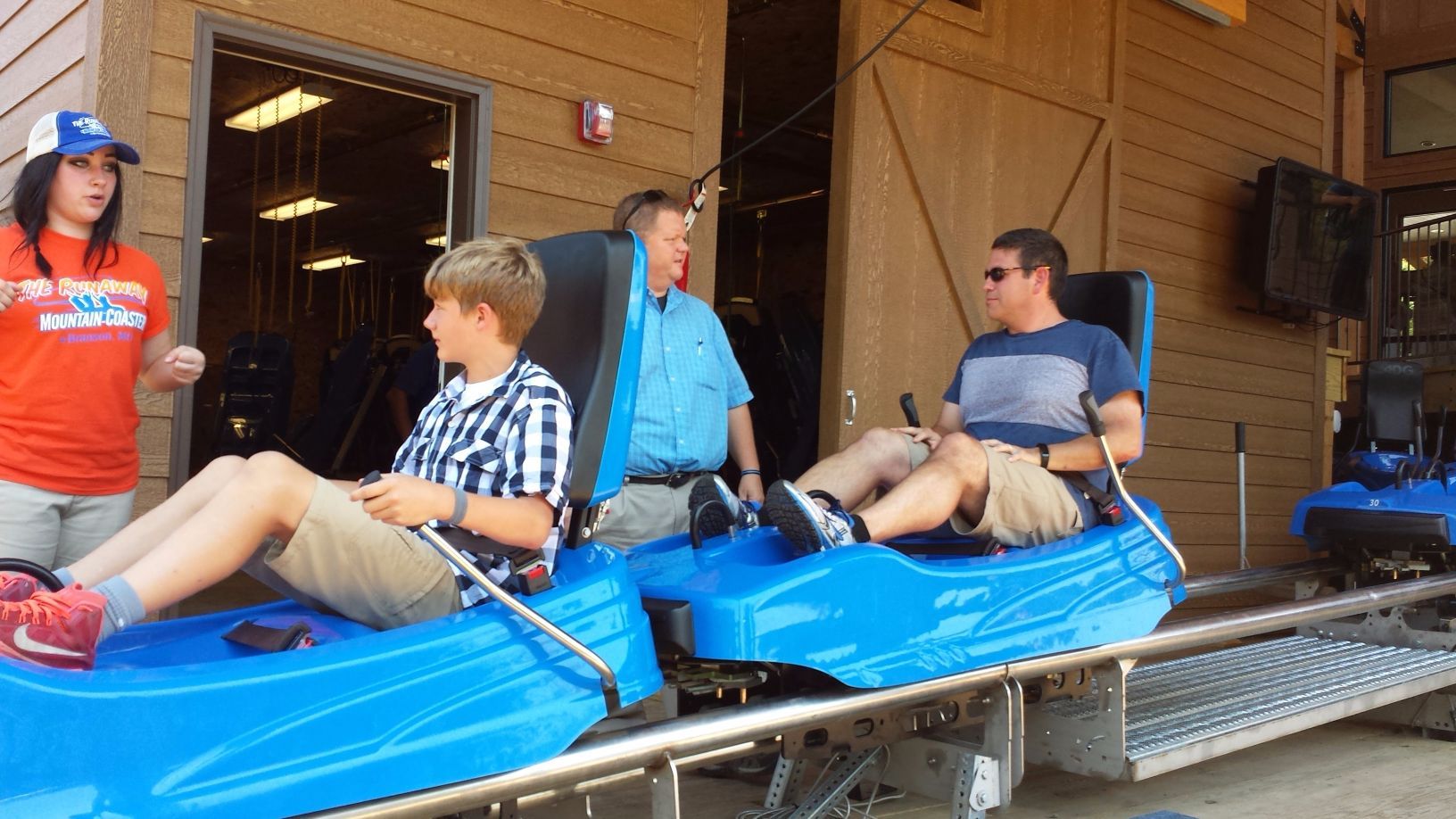
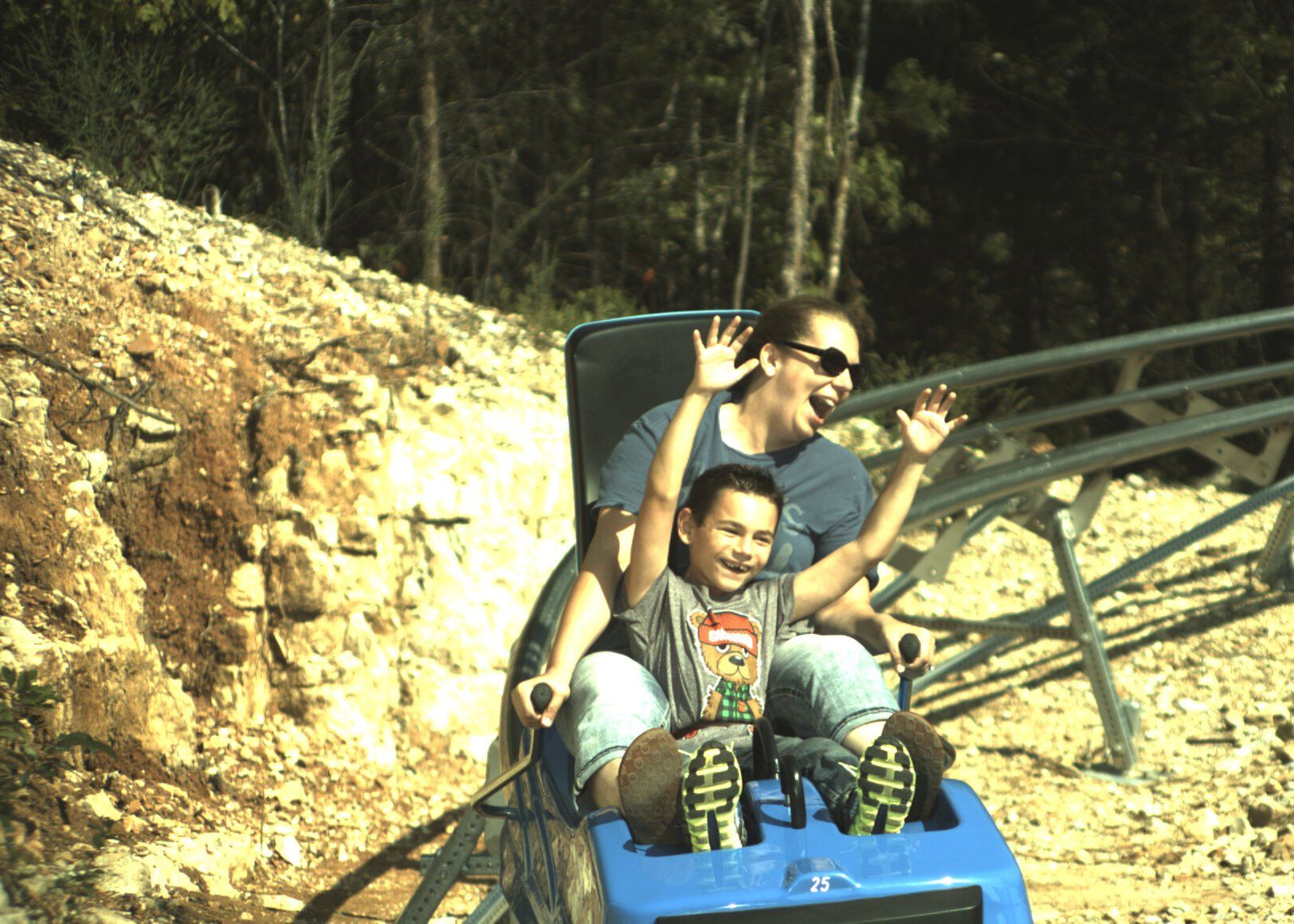
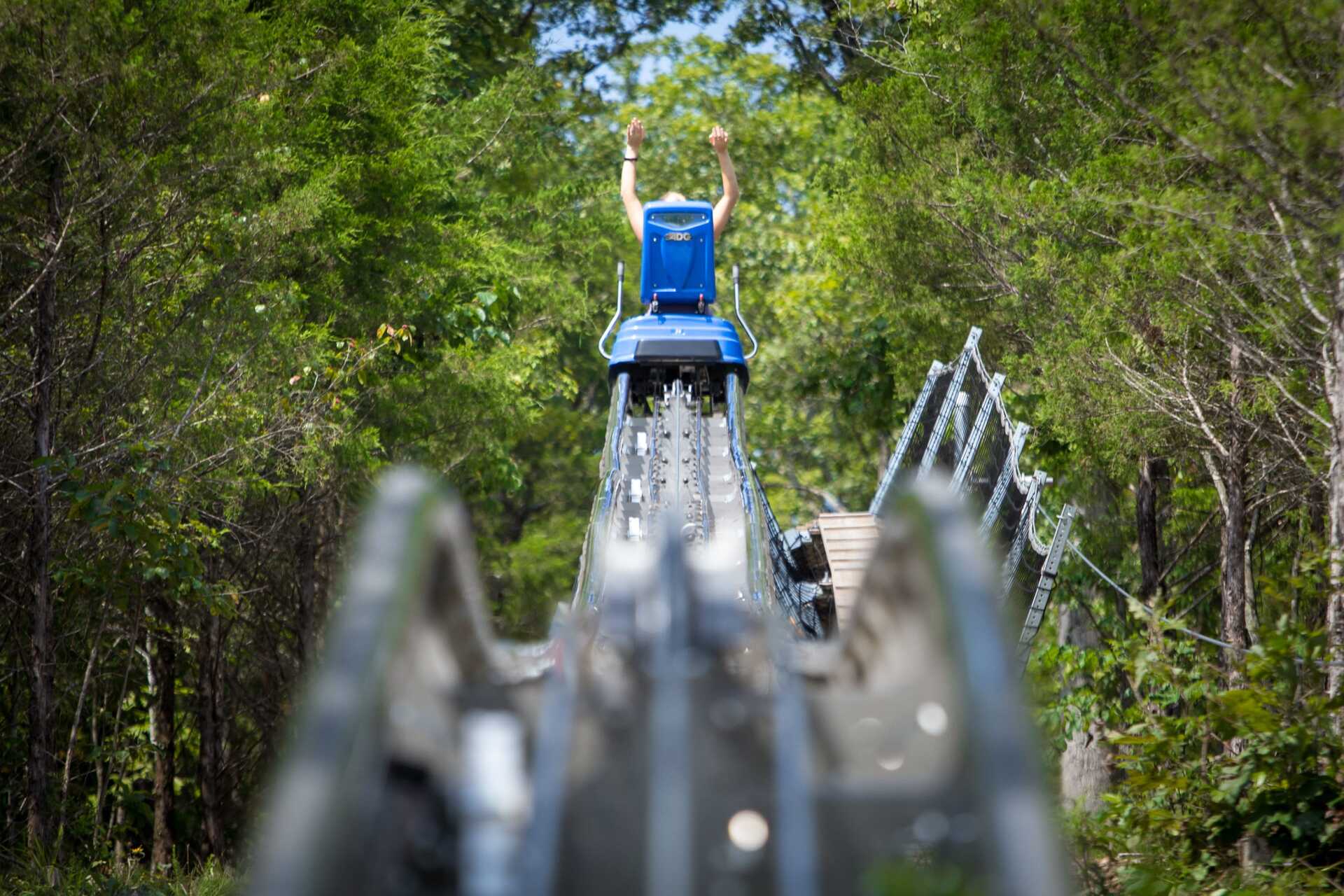
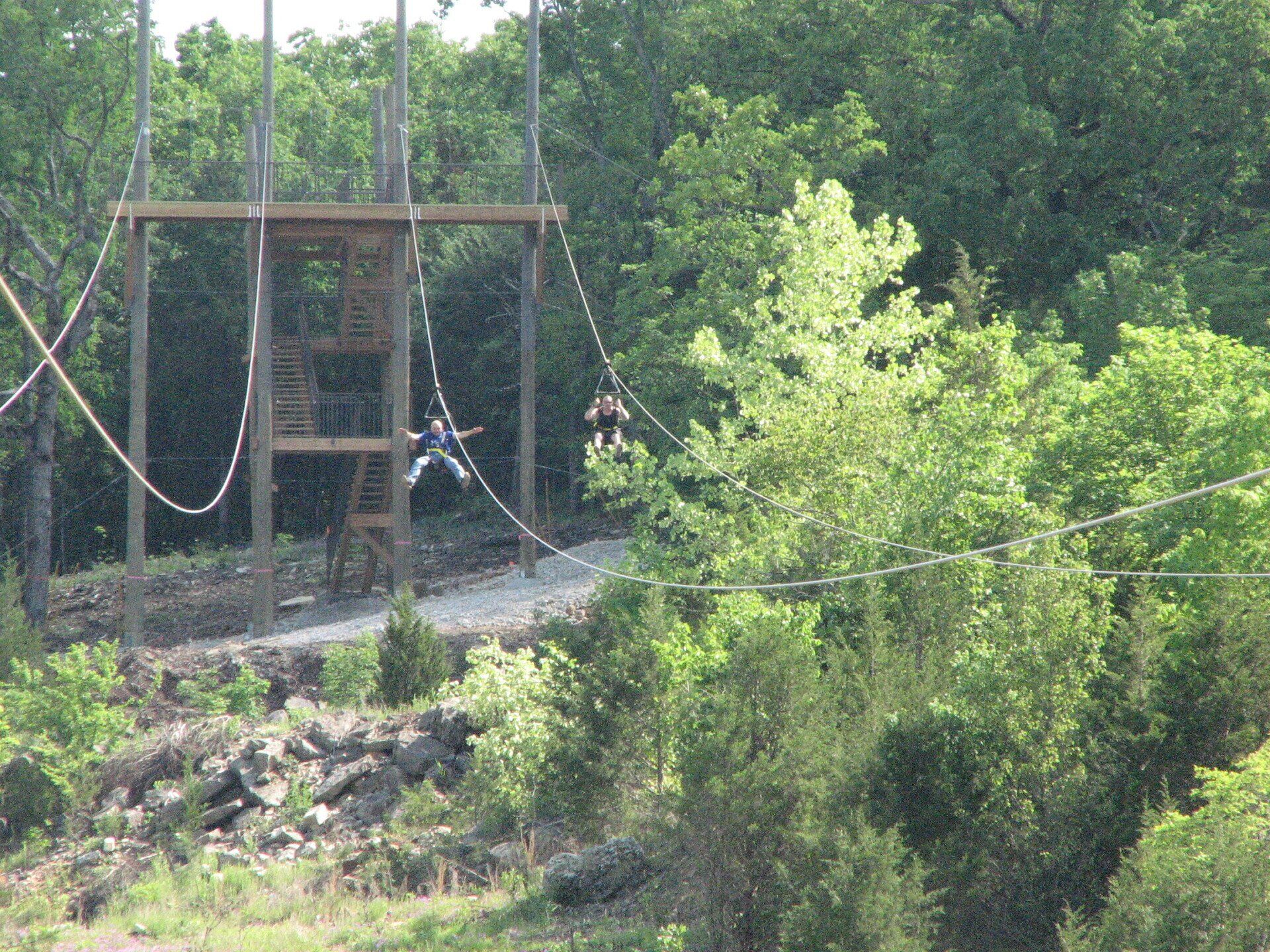

 by
by